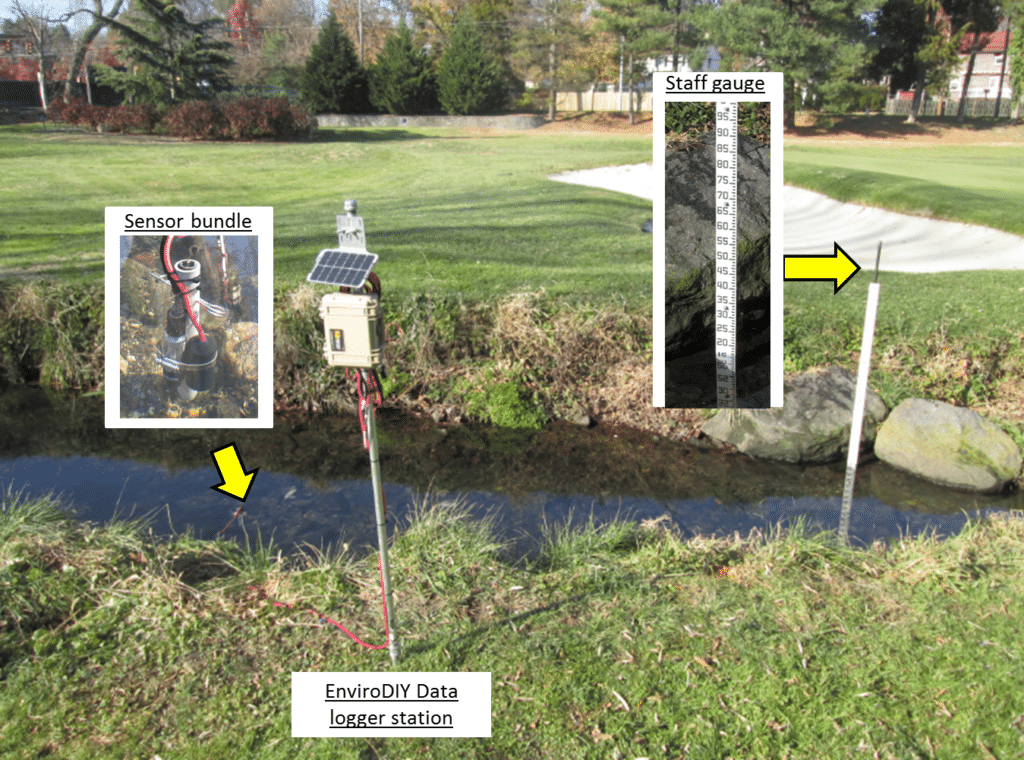Last updated on 2022-07-28
EnviroDIY is a community sharing do-it-yourself ideas for environmental science and monitoring. Our vision is that the sharing of ideas and experiences by the EnviroDIY community will result in open-source hardware and software solutions for observing our environment that are low cost, easy to learn, and easy to use. Our goal is that this resource will create a wealth of high-quality, real-time data that transforms the practice of environmental science, resource monitoring, and watershed protection.
All EnviroDIY members can showcase their environmental-sensing gadgets or describe their own homegrown approaches to monitoring, sensor calibration, installation hardware, radio communication, data management, training or any number of other topics. Members can post and answer questions through an EnviroDIY forum and can network within interest groups to collectively develop new devices, tutorials, or other useful products.
EnviroDIY was inspired by DIYDrones.com, an online community of amateur designers and builders of unmanned aerial vehicles; Weather Underground, a website that aggregates data from the backyard weather stations installed by citizen scientists; and Public Lab, a collaborative community developing open, citizen-science tools for environmental exploration and investigation.
Stroud Water Research Center developed an open-source data logger that can provide the core functions needed to operate environmental sensors. The Mayfly Data Logger provides the scientific community (researchers, citizens, and educators) a low-cost, open-source hardware solution for connecting with environmental sensors, recording measurements, and relaying data to the internet. This manual provides one example of how to construct a water quality monitoring station using the Mayfly Data Logger. This popular design is comprised of sensors for measuring conductivity, temperature, depth, and turbidity, a logger box (containing the Mayfly Data Logger) and solar panel, and a staff gauge mounted in the stream (Figures 2.1 and 2.2). Instructions are provided below on how build, install, and maintain this EnviroDIY Monitoring Station; some familiarity with electronics, computer software, hand tools, and power tools will be helpful in completing this project.
The EnviroDIY Monitoring Station is one embodiment of many possible designs for environmental science and monitoring using the Mayfly Data Logger. It will not be appropriate for all water-monitoring purposes because each water-monitoring project has unique goals and special requirements for how the data is used to address the research questions being asked. These goals and data requirements should guide the selection of the sensors, parameters, and the sampling frequency used for monitoring water.



 Welcome to EnviroDIY, a community for do-it-yourself environmental science and monitoring. EnviroDIY is part of
Welcome to EnviroDIY, a community for do-it-yourself environmental science and monitoring. EnviroDIY is part of